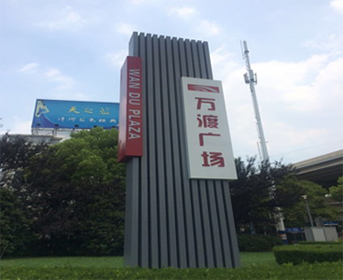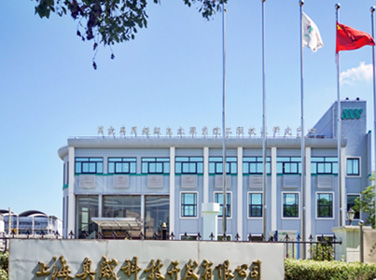
|

|
Distributed Solar Photovoltaic (PV) Power Generation System
A distributed photovoltaic (PV) grid-connected system converts solar energy directly into electricity using PV modules and is built close to the user’s location. The system operates primarily on a self-generation for self-consumption model, with excess electricity fed into the grid at 380V or 220V through a single grid connection point. It is characterized by its ability to maintain balance within the local distribution network.
As a new and promising form of power generation and energy utilization, distributed PV systems promote the principles of localized generation, localized grid connection, localized conversion, and localized consumption. These systems not only enhance the power output of PV stations of the same scale but also address energy losses caused by voltage step-up and long-distance transmission.
Solar energy, being a form of radiation, must be converted into electricity via an energy conversion device — the solar cell. Solar cells work on the principle of photovoltaic conversion, where solar radiation is absorbed by semiconductor materials, generating electric current through the photoelectric effect.
A solar cell, or photovoltaic (PV) cell, is a device that transforms solar radiation into electricity using the P-N junction of two different types of semiconductors. When sunlight strikes the P-N junction, an internal electric field is formed. Electrodes connected to both sides of the junction allow current to flow through an external load, completing the power generation process.
Advantages of Distributed PV Systems
Abundant and Renewable: Solar energy is clean, inexhaustible, and available almost everywhere.
Zero Emissions: PV power generation is a static process with no emissions, no radiation, and no pollution.
Low Operating Costs: No fuel cost, low maintenance, energy independence, and unaffected by rising fuel prices.
Fast Deployment: Short construction cycles, long service life (typically 25 years), and an investment payback period of about 5 years.
Notice on Leveraging Price Mechanisms to Promote the Healthy Development of the PV Industry
Provides full electricity subsidies of RMB 0.42/kWh for distributed systems.
Self-consumed electricity is exempt from additional fees and grid service charges.
Excess power is purchased by grid companies at local benchmark coal-fired power prices.
NEA Document No. 73 (March 18, 2015)
Issued by the National Energy Administration, the policy aimed to expand PV applications by adding 17.8 GW of new capacity in 2015.
No construction cap for rooftop PV and fully self-consumed ground-mounted distributed PV.
Grid companies are required to handle grid-connection promptly, and projects are automatically eligible for subsidies upon completion.
Shanghai Renewable and New Energy Development Fund Policy
For industrial and commercial investors, Shanghai offers a subsidy of RMB 0.25/kWh.
For individuals and schools (users with favorable electricity rates), the subsidy is RMB 0.40/kWh.
PV power stations receive RMB 0.30/kWh, while onshore and offshore wind projects receive RMB 0.10 and RMB 0.20/kWh respectively.
EPC Model (Engineering, Procurement, Construction)
In this turnkey project model, the contractor is responsible for the design, procurement, and construction. The contractor invests in the project, owns the energy revenue, and covers operation and maintenance costs.EMC Model (Energy Management Contract)
In this model, the owner invests in the system and retains all electricity revenue. The contractor receives preferential electricity pricing.Property Lease Model
Functions similarly to the EMC model, where the system is built on rented rooftop or land space, with the property owner benefiting from favorable electricity use or rent incentives.